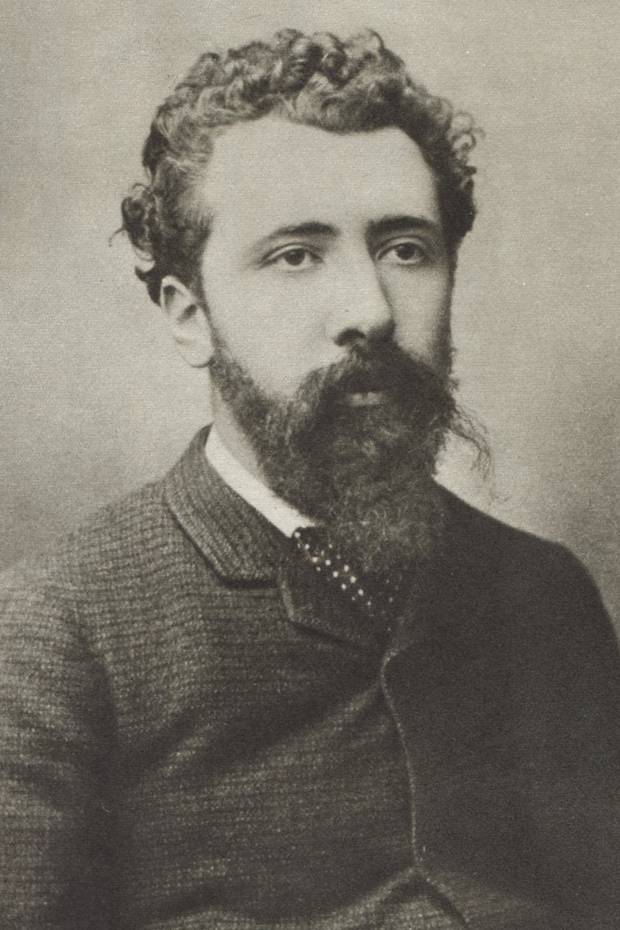impressionist-ART.com
Impressionism & Post-Impressionism
Georges Seurat 1859–1891

Georges Seurat 1888
Neo-Impressionism is a term applied to an avant-garde art movement that flourished principally in France from 1886 to 1906. Led by the example of Georges Seurat, artists of the Neo-Impressionist circle renounced the random spontaneity of Impressionism in favor of a measured painting technique grounded in science and the study of optics. Encouraged by contemporary writing on color theory—the treatises of Charles Henry, Eugène Chevreul, and Odgen Rood for example—Neo-Impressionists came to believe that separate touches of interwoven pigment result in a greater vibrancy of color in the observer's eye than is achieved by the conventional mixing of pigments on the palette. Known as mélange optique (optical mixture), this meticulous paint application would, they felt, realize a pulsating shimmer of light on the canvas. In the words of the artist Paul Signac, Neo-Impressionism's greatest propagandist, "the separated elements will be reconstituted into brilliantly colored lights." The separation of color through individual strokes of pigment came to be known as Divisionism, while the application of precise dots of paint came to be called Pointillism.
The art critic Félix Fénéon first used the term "Neo-Impressionism" to describe the paintings of Georges Seurat, Paul Signac, Camille Pissarro, and his son Lucien Pissarro, at the eighth and last Impressionist exhibition in Paris in 1886. Seurat debuted his masterpiece A Sunday on La Grande Jatte, a virtual manifesto for the Neo-Impressionist technique. His manner of weaving and layering small brushstrokes indeed achieved a tapestry-like paint surface of complementary and contrasting hues. Even Vincent van Gogh admired Seurat's expansive palette, noting on a visit to Seurat's studio the "fresh revelation of color."